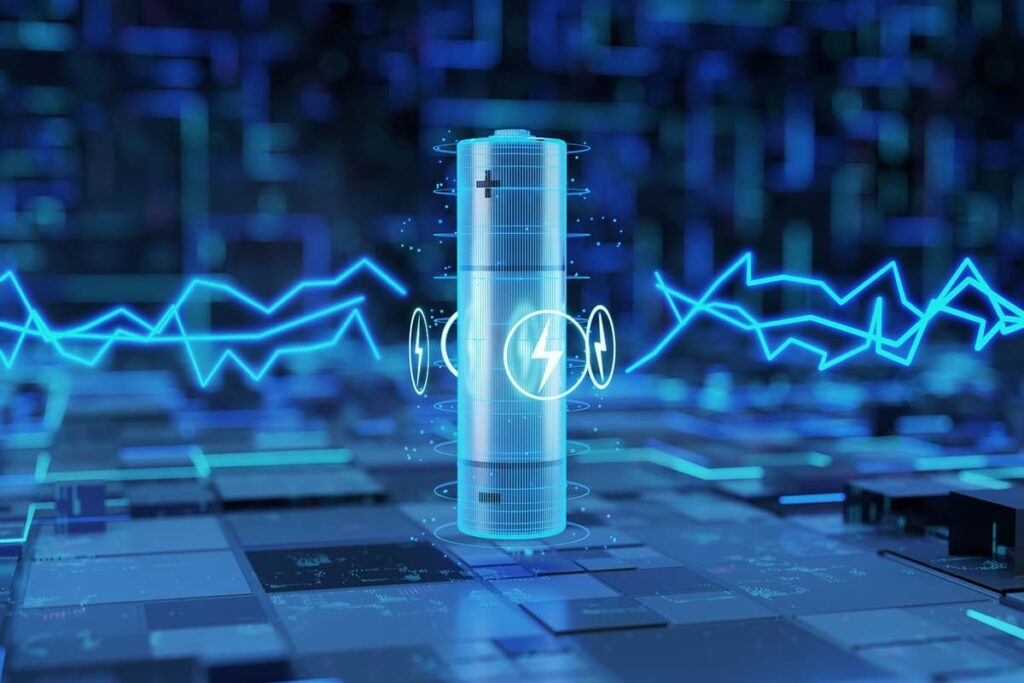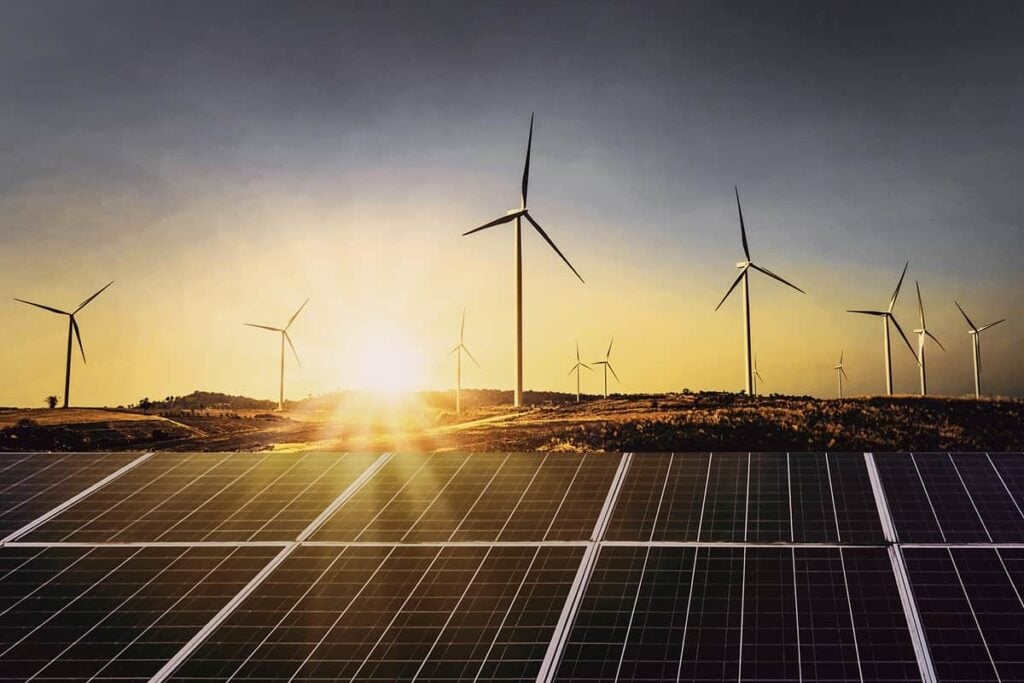World’s Largest Iron Chromium Flow Battery From Enervault
Table of contents

According to the Department of Energy’s global energy storage database, there are only 24 recognized flow battery installations in operation in the United States using technologies such as vanadium, zinc bromide, hydrogen bromine, and zinc-nickel oxide. One company that recently added their battery storage technology, iron chromium, to this list of successful installations is EnerVault.
About EnerVault
Founded in 2008, Sunnyvale California based EnerVault has taken in around $26 million in funding so far from the likes of Oceanshore Ventures, TEL Venture Capital, Total Energy Ventures, Mitsui Global Investment, and 3M. The Company has an executive team with backgrounds from SunPower, Tesla, and a number of other fuel cell and battery companies. EnerVault’s flow batteries use iron and chromium which are blended into the water inside its tanks. Both materials are safe to handle and very abundant. According to an article by MIT Technology Review last year, the iron chromium chemistry materials are one sixth the cost of the vanadium used in some flow batteries. The battery systems themselves are easy to assemble, with elements that arrive at the site in modules that are made from easy-to-procure components.
Enervault’s First Installation – On an Almond Farm
Enervault’s first battery installation was announced last month on an almond farm in Turlock, California. The farm has 186KW of onsite solar that helps power the irrigation system for the almond trees on the farm. These solar panels can be seen in the background of the below picture: 
Conclusion
The Turlock facility is a unique application where extra supplemental electrical power is needed during peak hours when grid energy is more expensive. In addition to farming, there are certainly other potential applications that could benefit from this type of installation as well. However. this type of installation seems quite cost prohibitive for most farmers who work on tight margins, have unpredictable revenue streams, and probably don’t have $9.5 million in capital lying around. Will government funding continue to be in place to encourage more installations? If not, will financing options be offered by EnerVault to increase adoption? Who maintains the flow battery system and at what cost to the farmer? While a first installation is encouraging, announcements of future installations will show that the system is economically viable enough to be scalable.
Sign up to our newsletter to get more of our great research delivered straight to your inbox!
Nanalyze Weekly includes useful insights written by our team of underpaid MBAs, research on new disruptive technology stocks flying under the radar, and summaries of our recent research. Always 100% free.














